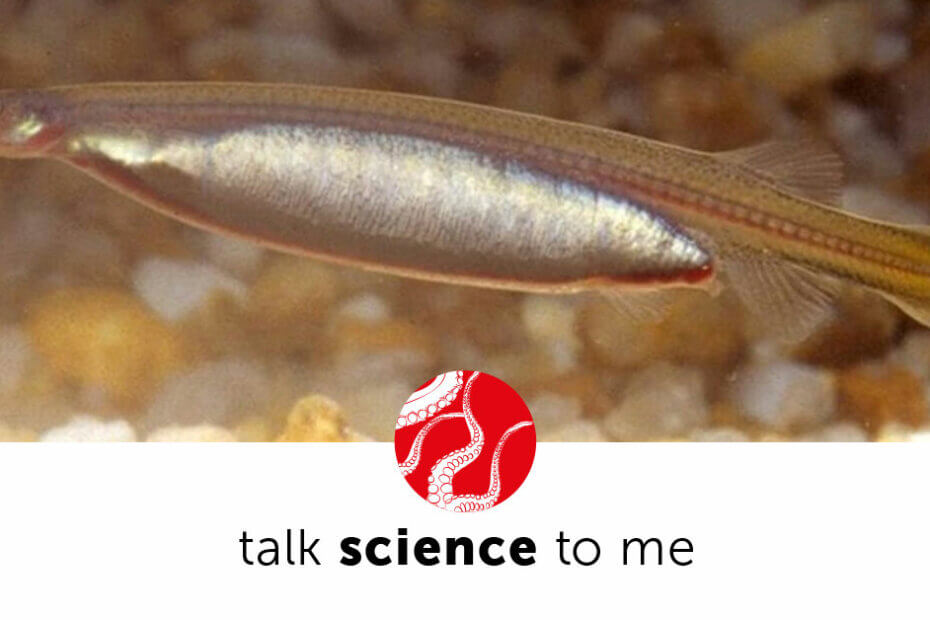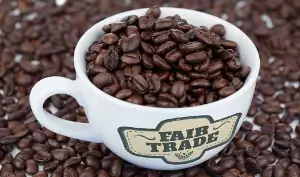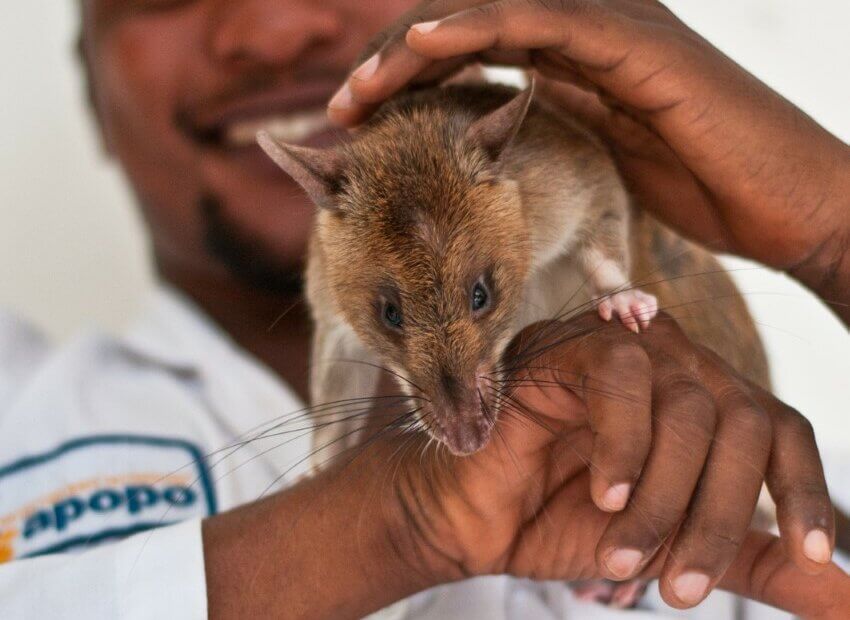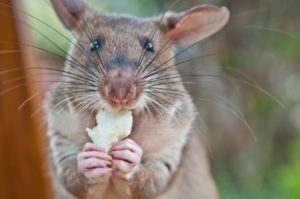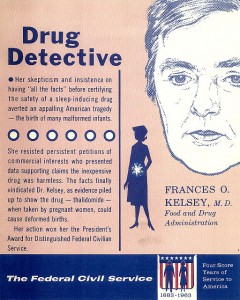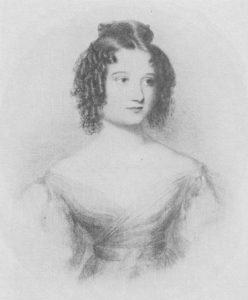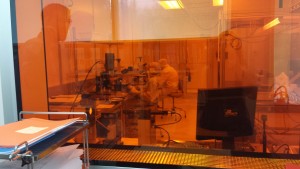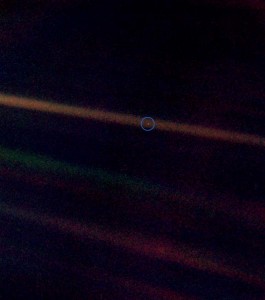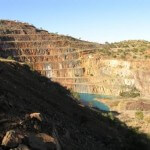Every year, Ada Lovelace Day rolls around, reminding the world that yes, we do need to reach out in support of women in STEM (science, technology, engineering, mathematics). To defend this assertion, this year I’m only putting forward two pieces of evidence: #timhunt and #shirtgate, both of which happened in the year since the last Ada Lovelace Day.
And with that justification, here’s my contribution, countering the seemingly ingrained misogyny within the world of STEM with my celebration of female contributions to science.
In 1960, Canadian pharmacist and physician Frances Oldham Kelsey was hired by the Food and Drug Administration (FDA) in Washington, D.C., to review drug applications for licensing in the United States. Since Kelsey had experience in placental drug transfer, teratogens and pharmaceutical safety, it is perhaps fitting that one of the first drug approvals to land on her desk was Richardson-Merrell’s application for thalidomide.
Read More »Celebrating Frances Oldham Kelsey for Ada Lovelace Day 